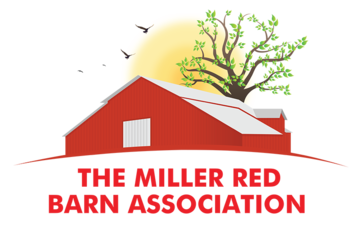The Spanish mission system completely changed the landscape with the introduction of cattle, horses and sheep as grazing animals and the conversion of perennial grasslands to pastures of annual non-native plants. Henry Miller was the epitome of the livestock culture that built upon Spanish agricultural designs. These practices relied upon domesticated herds to supply food for a burgeoning population. Livestock ranching dominated the local scene early on with much of land area in southern Santa Clara County controlled by Miller and families such as the Murphy’s and the Coe’s. Of the 834,568 acres within Santa Clara County, nearly 254,000 acres are classified as rangeland. In 2021, only 15,545 acres were actively designated as grazing lands. From the days of the Cattle King, the number of livestock animals has dropped to below 5,000 head. Miller and Lux once claimed to pasture more than one million head of cattle and sheep in California, primarily in the Central Valley, during the late 1800’s. Today, much of our local grazing lands are owned by agencies such as Santa Clara County Parks and the Open Space Authority. Modern management plans are concerned with the preservation of habitats for native wildlife and plants, securing water sources, amongst other objectives. Although oftentimes protected from development, many grazing areas that are important grassland or oak savanna landscapes, are threatened by the exclusion of fire and the invasion and spread of non-native weeds. Land managers increasingly recognize the advantages of livestock grazing to maintain grassland habitat, promoting the reduction of exotic plants, and reducing fine fuels and wildfire risk. Cattle grazing in particular has been shown to reduce the growth of non-native grasses and help tip the balance toward the establishment of native forbs and grasses. The buildup of dying and dead non-native grasses creates a unique problem – a thick layer of thatch. When combined with community concerns about prescribed fires, land managers are faced with a conundrum. Non-native grasses produce huge amounts of thatch each year and livestock grazing has become an essential tool to address this dilemma. The reintroduction of native wildlife such as tule elk presents other related management issues including predator control and fencing requirements. Cattle grazing not only supports beef production, it provides an important strategy for conserving open space lands and preserving biodiversity. Hay production is still an agricultural pursuit in South County, although on a much smaller scale than when Henry Miller travelled through his ranches. Miller would harvest and store vast quantities of hay as means of avoiding the lack of forage particularly during drought years Ranchers today are still challenged during prolonged dry spells to source livestock food at cost factors that allow them to remain economically viable.
By: Mike Monroe
